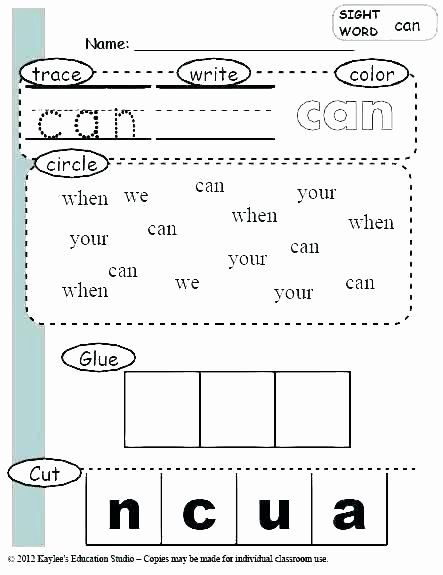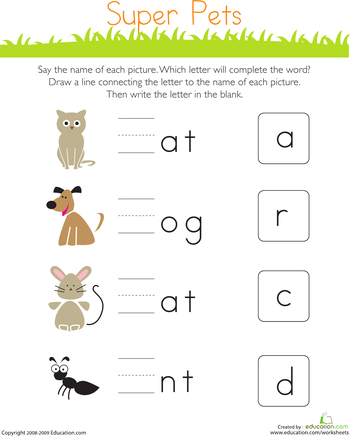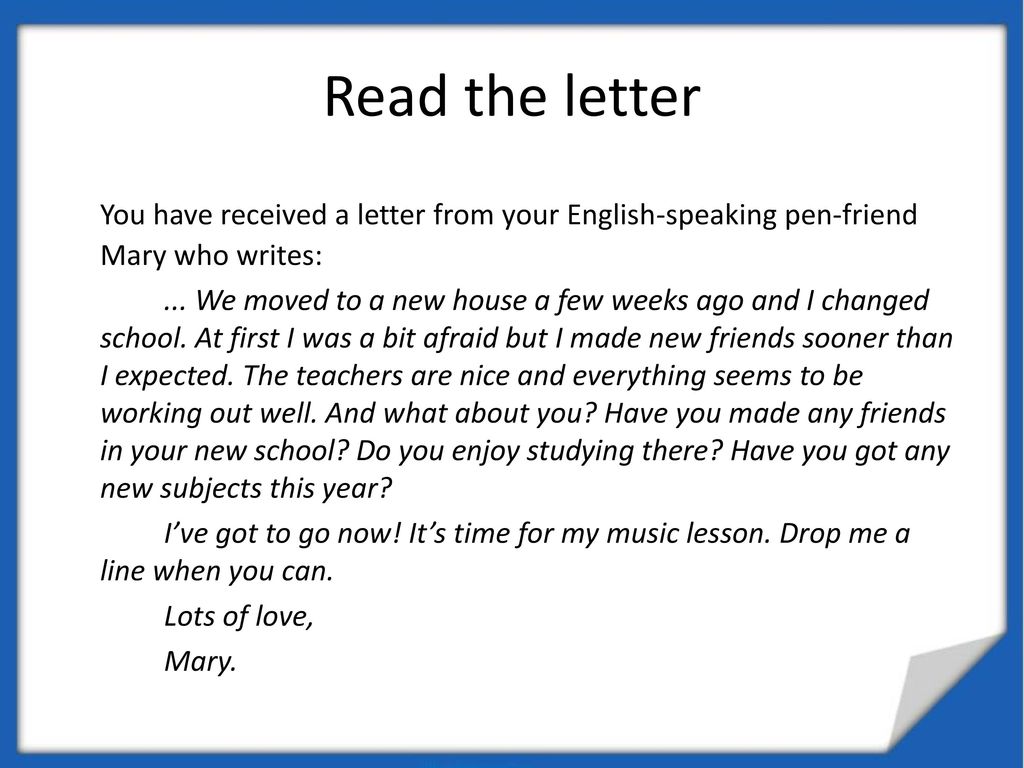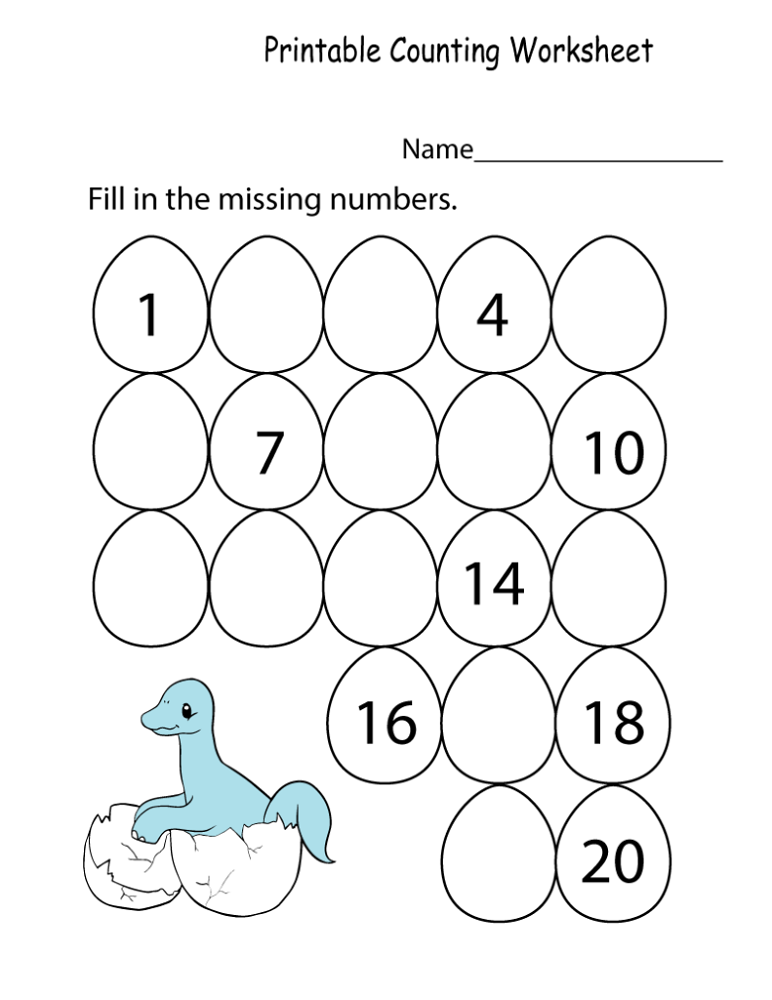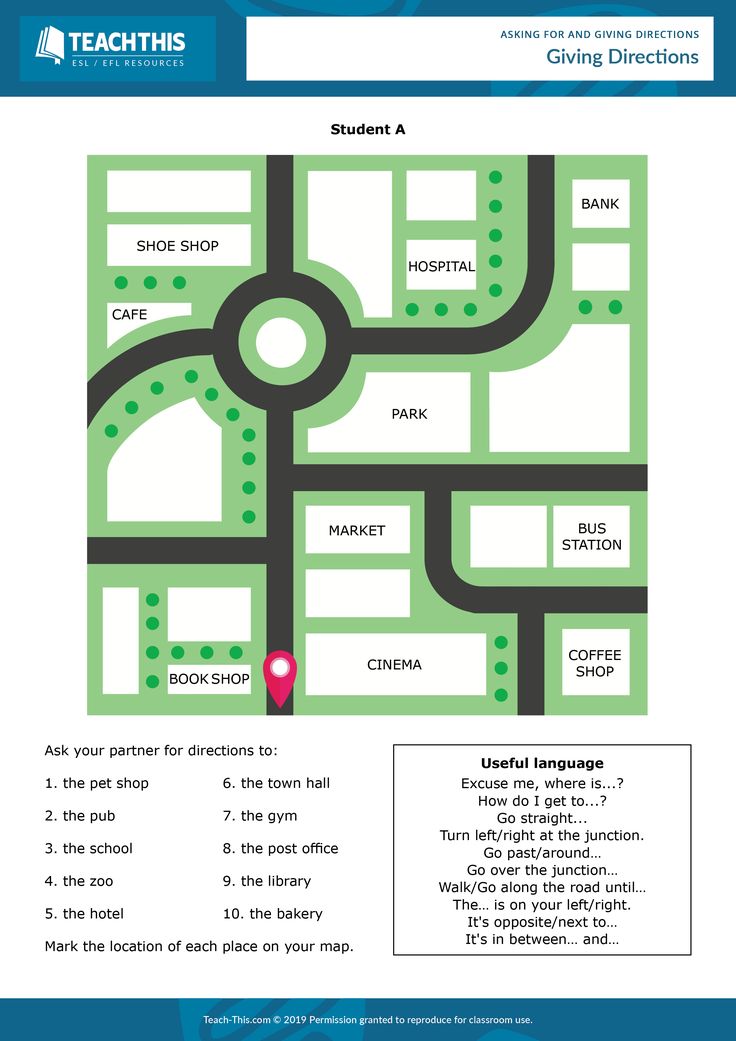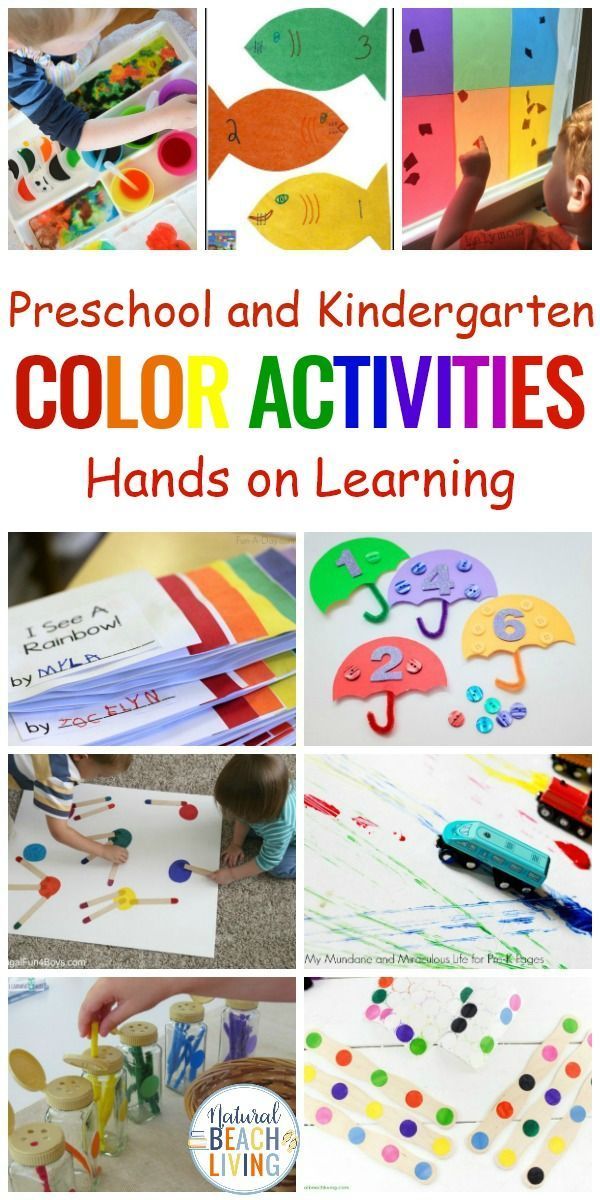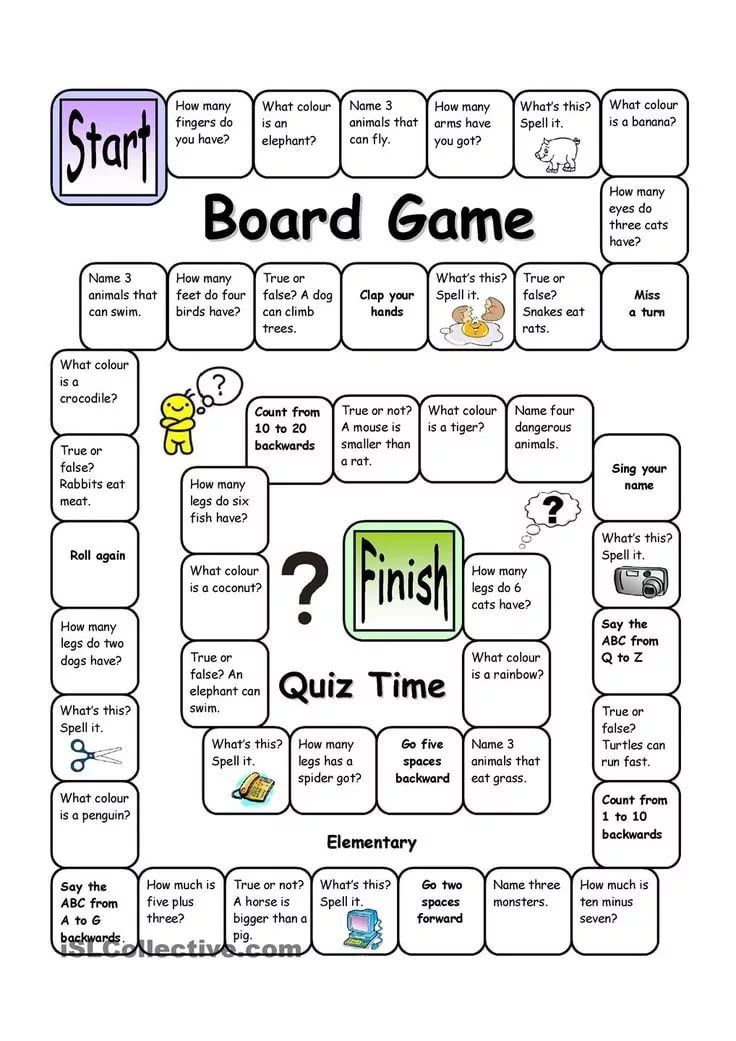How to teach vowels in kindergarten
How To Help Your Child Learn Long And Short Vowel Sounds
It’s not uncommon for children to struggle with vowels. Most kids actually pick up consonant pronunciations much more quickly. Why is that?
One of the challenges with vowel sounds is that they can’t exactly be “felt” in the mouth. With consonants, kids can feel the friction created while using their tongue, lips, or teeth to produce the sounds. To produce a vowel sound, you only need to adjust the shape of your mouth.
Then there’s the challenge of distinguishing between long and short vowels or two similar vowel sounds. In a nutshell, learning vowels can be a monster!
But have no fear; we’re here to help! We’ve compiled a step-by-step guide you can use to help your child finally connect the dots with both short and long vowel sounds.
When Is Your Child Ready To Learn Vowels?
It’s challenging to teach your child vowel sounds if they cannot hear them. This is why one of the most important signs showing that a child is ready to learn vowel sounds is when they can hear the vowel sounds in simple words.
For instance, let’s say your child tries to spell a simple CVC (consonant, vowel, consonant) word like “cat.”
Even if they may misspell the word by writing “cet” instead of “cat,” this is still a beautiful moment, so celebrate it to the fullest because it indicates that your child can hear that there’s a letter between the C and the N.
If you feel that your young learner is developmentally ready to start learning more about vowels, how can you help? Let’s take a look.
Tips For Teaching Short Vowel Sounds
Since short vowels have more consistent spelling, this is a great place to start when teaching your young learner.
1) Begin With The Names Of The Vowels
Teaching your child A, E, I, O, U is the first step in helping to familiarize them with vowels. We recommend taking these one vowel at a time to avoid overwhelming your young learner.
The good news is that there are various tactics you can use to help your child remember their vowels.
Besides sounding them out, you can also help your child create three-dimensional letters with something as easy and accessible as PlayDoh. To help emphasize the differences between the letters, use a different color for each vowel.
As your child feels and creates vowels, more of their senses will be engaged, and this will help them get familiar and comfortable with the five vowels and their sounds.
2) Differentiate Between The Vowels
This point on our list is connected to the previous one. Still, it deserves its own emphasis because it can be easy for children to struggle with differentiating between the vowels.
The example we used earlier of a child spelling “cet” instead of “cat” is pretty common, especially when you consider how similar the sounds are to each other. This is why it’s important to make the letters distinct.
To add some fun into your child’s learning, you might consider using stick puppets made with the five vowels. Simply attach a printout of each letter onto a popsicle stick, and then let your imagination run wild!
A can go to the store with E; I can head out to the beach with O; and so on. While acting out your scene, remember to emphasize the difference between the letters and keep sounding the vowels out clearly.
While acting out your scene, remember to emphasize the difference between the letters and keep sounding the vowels out clearly.
3) Introduce Word Families For Simple CVC Words
Word families can be described as a group of words that have a common pattern or features. Helping children learn these allows them to spell and sound out related words.
For example, a child who learns the word family -at, will have an easier time spelling cat, mat, hat, etc.
Remember to take it one word family at a time. This will help prevent your child from feeling overwhelmed with all the new information.
Here are some activities we recommend for working on word families:
- Say a word like “hat” and ask if it has the /a/ sound or the /i/ sound. Focus on sounding the letters out, not writing them, so your child can hear the differences better.
- Say two words and ask which has /o/ as the middle sound.
- Make a Tic-Tac-Toe board and put a vowel in each cell.
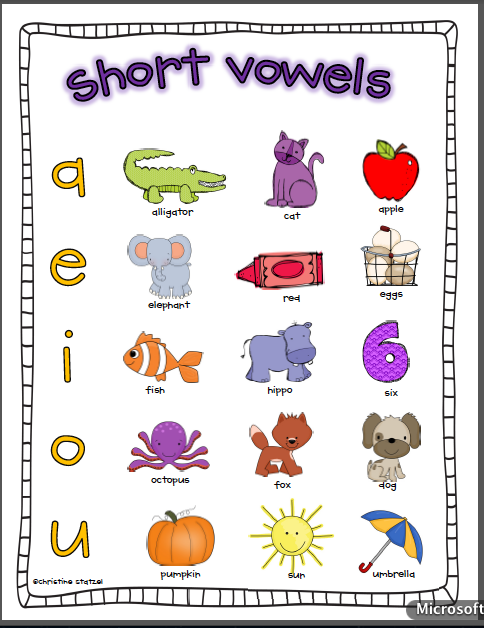 Before placing their mark in a cell, your child will need to identify the vowel with its short sound.
Before placing their mark in a cell, your child will need to identify the vowel with its short sound. - Sound out CVC words by emphasizing the phonemes. For example, say /t/…/a/…/p/… and then blend together into tap.
- Place a t and a p with a space in-between. Ask your child to fill in the missing letter that will help form “top.”
- Switch the vowels. For this, you can play with magnetic letters. Ask your child to turn “tap” to “tip” and then to “top.”
Here are some great words with short vowel sounds to practice at home:
Short “A” Sound Examples:
- Cap
- Bat
- Bad
- Cat
- Dad
- Lap
- Tap
Short “E” Sound Examples:
- Bed
- Get
- Pen
- Bet
- Wet
- Fed
- Net
- Ten
Short “I” Sound Examples:
- Bin
- Sip
- Tip
- Zip
- Did
- Fit
- Nip
- Win
Short “O” Sound Examples:
- Rod
- Cod
- Jog
- Dot
- Fog
- Mop
- Pot
- Top
Short “U” Sound Examples:
- Bun
- Cut
- Pup
- Sun
- Sum
- Run
- Fun
- Hug
Tips For Teaching Long Vowel Sounds
1) Form Long Vowel Sounds
Although long vowel sounds are typically easier for kids to learn, we normally teach short vowels first.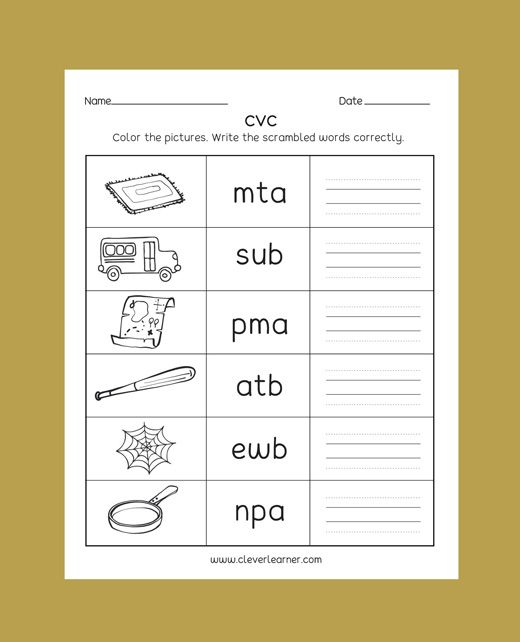 Why is that? It takes two vowels to make a long sound, and this can be tricky for kids to understand at first.
Why is that? It takes two vowels to make a long sound, and this can be tricky for kids to understand at first.
To get started with long vowel sounds, we begin teaching the silent e. It’s important for kids to understand that every vowel will change its sound when a silent e is put after the CVC form of a word.
For instance, if you put an e after the CVC word tap, the word changes to tape, and the vowel sound produced changes.
To help your child grasp this concept, begin with phonemic awareness. Ask them:
- Are tap and tape the same?
- Say the individual sounds slowly — t-a-p and t-ae-p.
- What changed?
You can also use magnetic letters to help illustrate the power of the silent e.
First, show your child the letter a. Make the short sound and then explain that you will give the power to its own name. Who can give the power? E! Tap the magnetic e on the magnetic a, adding it to the end of the word after, and — voila! — you now have a new word.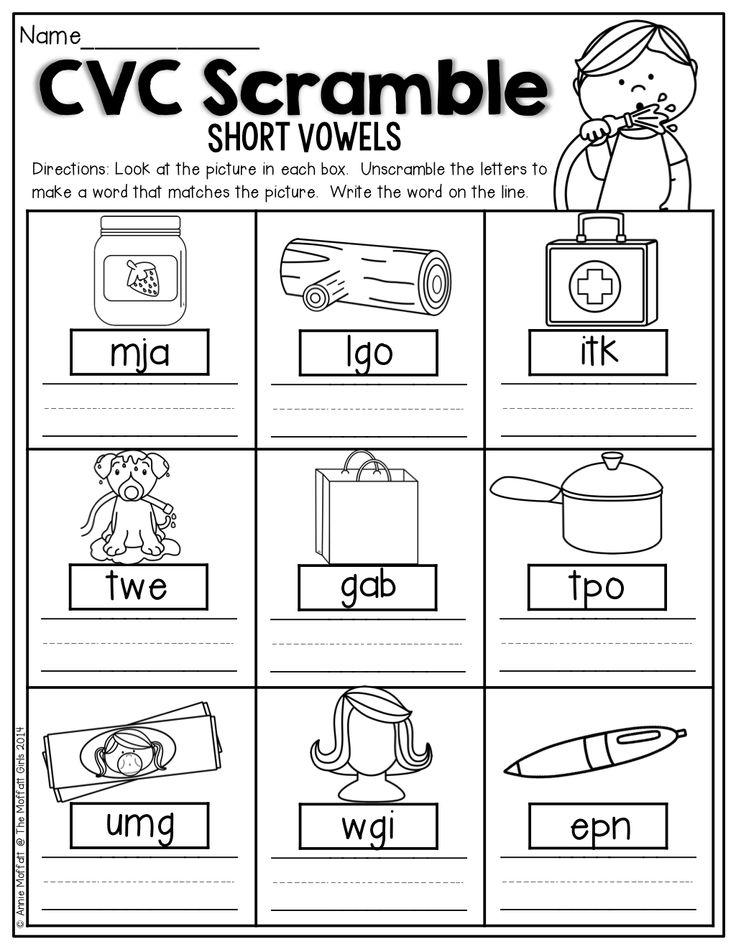
Using magnetic letters, you can then change tap to tape, bit to bite, dot to dote, and so on. While your child will hear that the sound changes, using magnetic letters will help them see what vowel contributes to the change in sound.
You can also use flip cards to demonstrate this concept. Fold the last eighth or so of an index card, and then write a CVC word, like tap, on the unfolded part and an e on the folded part. When you unfold the card, the word will change from tap to tape!
Note: The long o and u sounds can be a bit more complicated, so we recommend holding off on those until your child has gotten a good grasp on the others.
2) Correct The Spelling
To help your child gain a better understanding of long vowel sounds, why not play a game to help strengthen their knowledge?
To play this game, show your child the incorrect spelling of a CVC word and have them correct it. For example, using magnetic letters, spell out f-i-n-o but pronounce it as fine.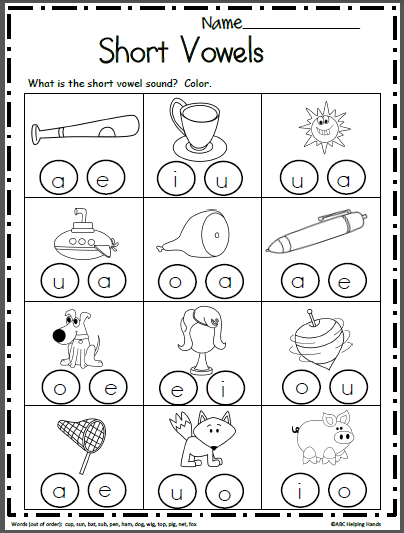 Now your child, who’s learned the power of the silent e, will be able to replace the o with an e.
Now your child, who’s learned the power of the silent e, will be able to replace the o with an e.
Here are some great words you can use for this activity:
Long “A” Sound Examples:
- Bake
- Lake
- Fame
- Date
- Fate
- Cake
- Make
Long “I” Sound Examples:
- Hide
- Fine
- Time
- Line
- Mine
- Pine
- Wife
- Ride
Long “O” Sound Examples:
- Joke
- Rose
- Woke
- Poke
Learning Vowels One Day At A Time
Learning vowels can be challenging for children. That’s why it’s important to take it one day at a time.
Help your child learn their basic vowels, start with the short CVC words, and then after some practice, help them nail the long vowel sounds, which are a little trickier.
Using the right strategy, you can give your young learner the confidence to face any unfamiliar word they may come across during reading activities.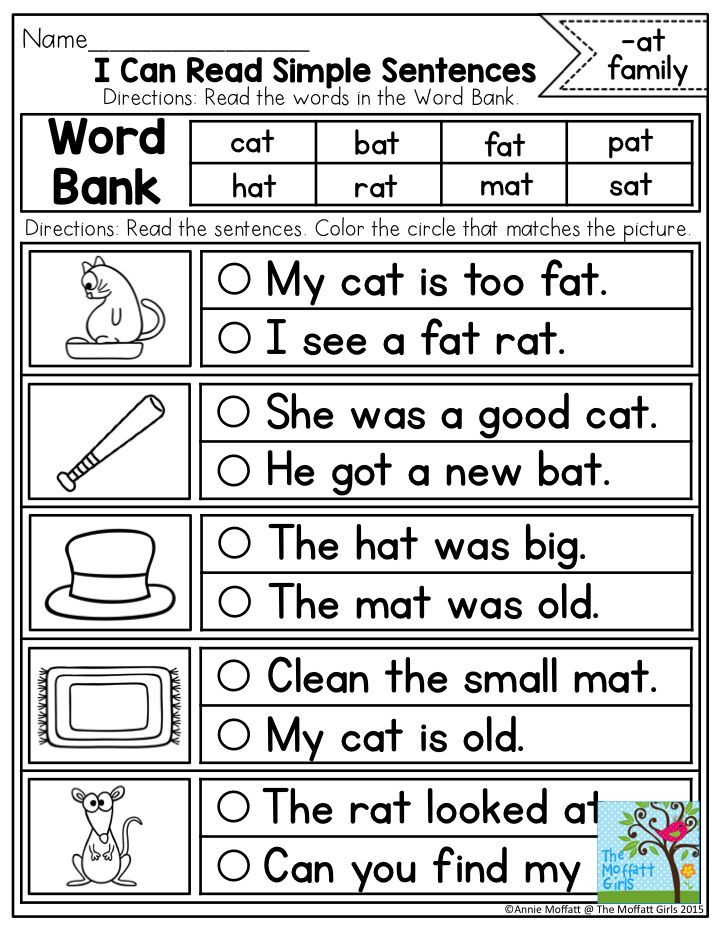
With the help of the HOMER Learn & Grow App, continue exposing your child to all sorts of stories and reading activities. This will not only help them with their vowels, but it will also set a solid foundation for their literacy journey!
Author
In What Order Do You Teach Vowels?
Wondering about the order in which you should teach the vowels? In this article, we'll cover which vowel sounds to teach - and the order in which you should teach them.
We'll go in-depth on each type of vowel sound, but here is the overall order for teaching the vowels at the K-2 levels:
- Short vowels
- R-controlled vowels OR and AR (can introduce ER, IR, UR, but do not expect mastery yet)
- Long vowels spelled with silent e
- Long vowel teams
- R-controlled vowels ER, IR, UR (review OR and AR; can also include more complex spellings like "OAR")
- Diphthongs
- Vowel digraph OO
There are other complex vowel sounds (like "ough") that are typically taught following this sequence.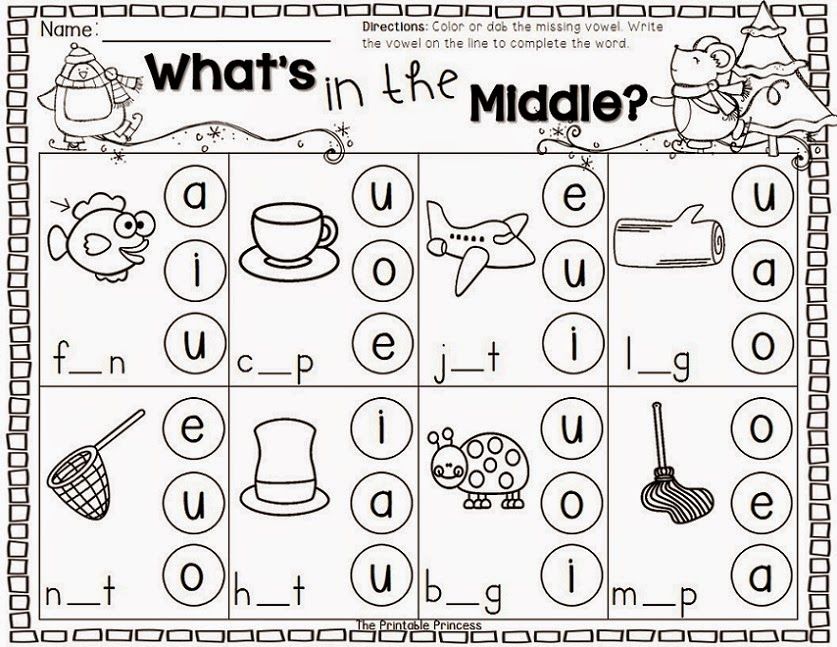 However, the skills listed above are most appropriate for Kindergarten, first grade, and second grade learners.
However, the skills listed above are most appropriate for Kindergarten, first grade, and second grade learners.
Here are the short vowels:
- short a, as in "hat"
- short e, as in "bed"
- short i, as in "pit"
- short o, as in "log"
- short u, as in "pup"
Short vowels typically cannot appear at the end of a syllable or word in English - they must be "closed in" by a consonant.
You'll begin by teaching students short vowels in the context of CVC (consonant-vowel-consonant) words.
R-controlled vowels are vowel sounds where the r (that follows the vowel) changes the sound of the vowel.
For example, compare the sound of short o in "cot" vs. "corn." Notice how in "corn," the sound of the o changes.
The easiest r-controlled vowels to master are "ar" and "or."
When you teach these patterns, you can also introduce "er," "ir," and "ur" - to help students read words. However, students do not typically master spelling words with "er," "ir," and "ur" until later on.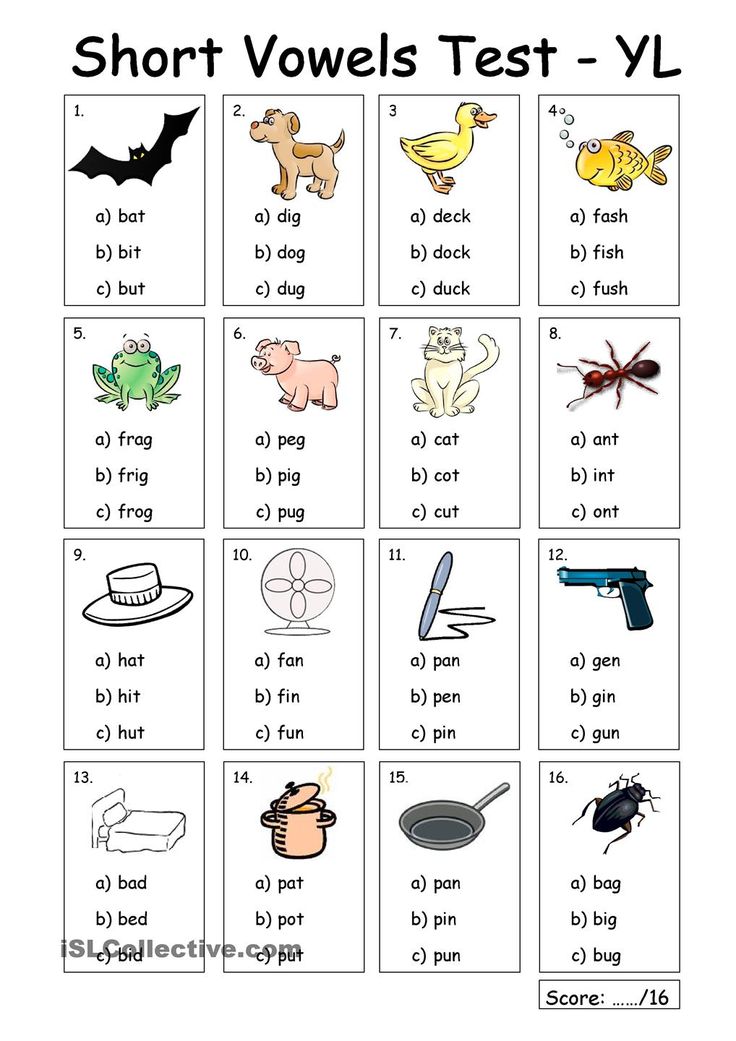 This is because these three patterns typically represent the same sound.
This is because these three patterns typically represent the same sound.
Compare, for example, the words:
- fern
- fir
- fur
The "er," "ir," and "ur" r-controlled vowels are representing the same sound. (This is why these three patterns are tricky!)
Once students have mastered short vowels, they can begin learning about long vowels.
You'll want to begin by teaching students the sounds of each long vowel - and comparing and contrasting them to the short vowel sounds.
Then, you can introduce how to spell long vowels with silent e. For example:
- the long a in "cake"
- the long i in "bike"
- the long o in "note"
- the long u in "mute" or "tube" (notice how the long u has two different sounds in these two words)
You may have noticed that long e was omitted. This is because long e is rarely spelled with silent e. Typically, when long e is spelled with silent e, it's in a multisyllabic word like "compete" or "concrete.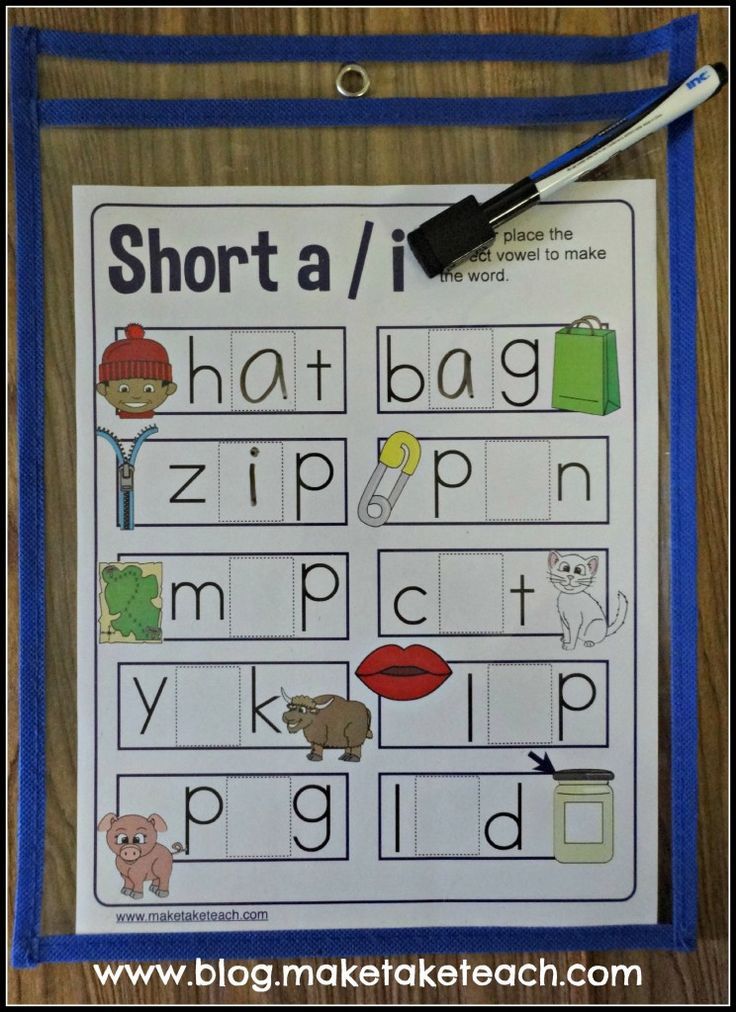 "
"
At this point in the sequence, learning gets a bit messier and more challenging!
There are many different vowel teams, where at least two vowels (and sometimes consonants) are working together to represent a long vowel sound.
Here's a list of vowel teams:
- ay as in "day"
- ai as in "rain"
- eigh as in "neighbor" (not typically taught in K-2)
- ee as in "greet"
- ea as in "team" (long e) or "bread" (short e)
- ie as in "pie"
- igh as in "sigh"
- oa as in "boat"
- oe as in "toe"
- ue as in "clue"
- ew as in "few"
In 1st and 2nd grade, the vowel sounds of y at the end of words (like "shy" or "puppy") can also be taught along with vowel teams.
It typically takes students quite a while to fully master vowel teams! Most students will be able to read words with vowel teams long before they can correctly spell all words with vowel teams.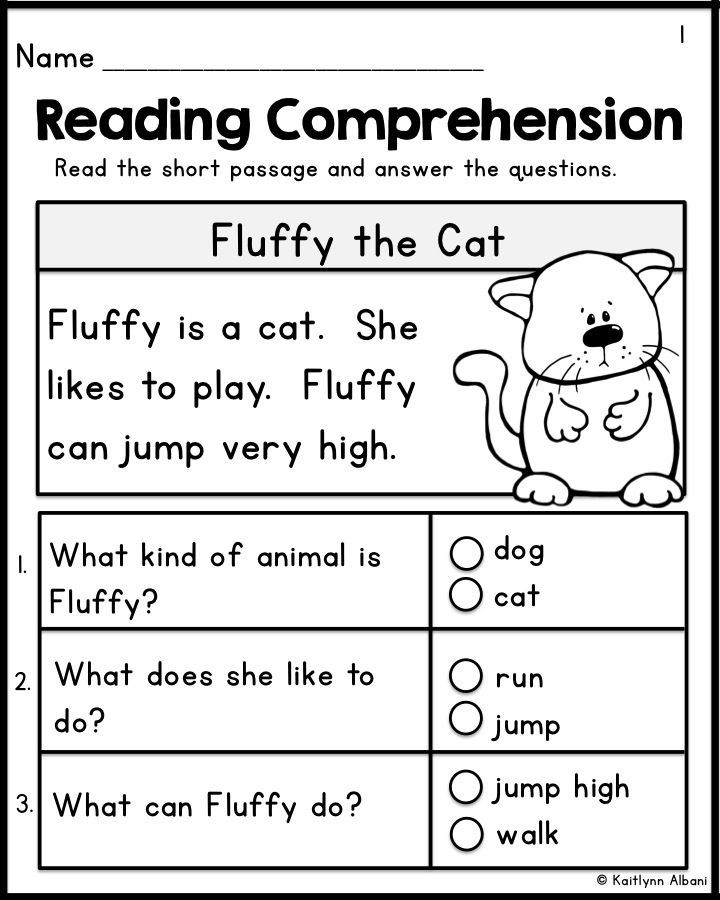
As we discussed previously, the "er," ir," and "ur" r-controlled vowels take longer for students to master.
They can be taught and reviewed at this point in the sequence - but recognize that students will need lots of practice. Students will also need to learn specific words, so they know, for example, that the word "burn" is spelled with "ur" even though the /ur/ sound can also be represented by "er" or "ir."
A diphthong is a gliding vowel. Here is a list of diphthongs:
- oi as in "boil"
- oy as in "toy"
- aw as in "paw"
- au as in "Paul"
- ow as in "cow" (note that "ow" can also represent the long o sound, as in "glow")
- ou as in "loud"
A diphthong begins as one sound and glides to another. (Say aloud one of the diphthongs and you'll see what we mean.)
It often makes sense to teach diphthongs in pairs - oi and oy, aw and au, ow and ou. This allows students to see that there are two different spellings for the diphthong sounds, and they can compare and contrast words with each spelling pattern.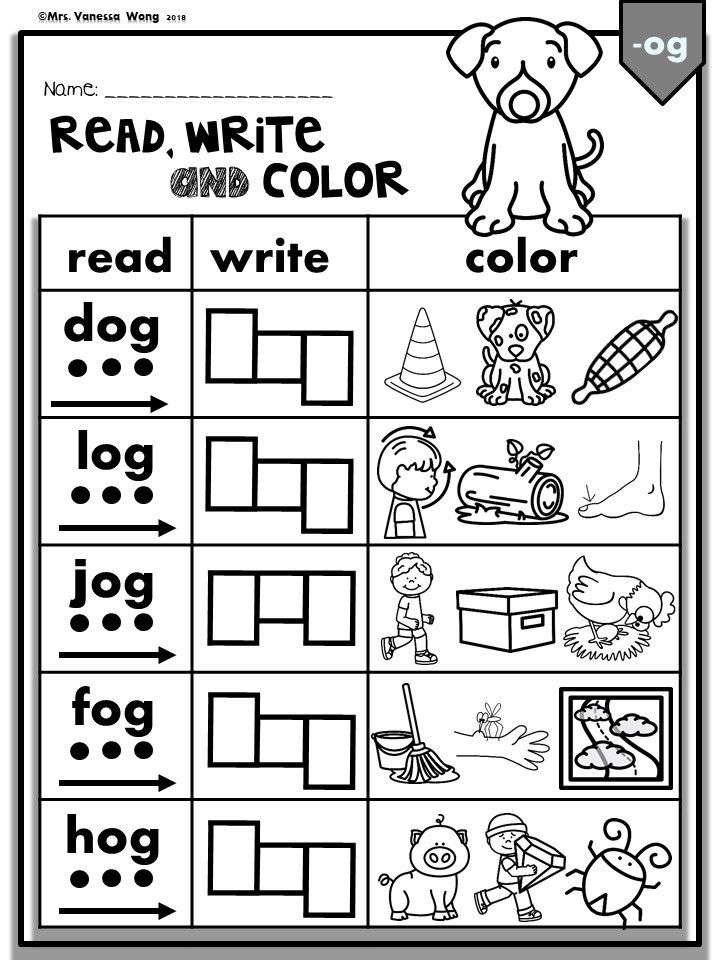
In some phonics programs, like From Sounds to Spelling, the "oo" spelling pattern is taught along with diphthongs.
It often makes sense to do this, but it's helpful to know that technically "oo" is not a diphthong - it's a vowel digraph.
The letters "oo" can represent two sounds, as in the words:
- moon
- book
It's a tricky pattern and is typically saved until late 2nd grade or 3rd grade for instruction.
We hope that this article was helpful in understanding the order in which you should teach the vowels!
If you'd like a free phonics scope and sequence pdf that includes sounds and patterns beyond just the vowels, check out this blog post to get one for free.
Abstract of a lesson in teaching literacy "Learning vowels and consonants with Masha" | Condition Plan for Literacy Learning (Preparatory Group):
Municipal Budgetary Educational Institution kindergarten No. 1 "Kolosok" of the Komsomolsky district of the Chuvash Republic
Summary of teaching literacy with children of the preparatory for the school
on:
"Learn vowels and consonants with Masha"
| Prepared by: speech therapist MBDOU Kindergarten No. |
Komsomolskoye, 2019
Goal: Teaching children the ability to differentiate sounds into vowels and consonants
Objectives:
Educational:
- Continue learning to divide isolated sounds into vowels and consonants by observing your voice and articulatory organs;
- Continue learning to highlight 1 sound in a word and correlate it with a certain color, depending on whether the sound is a vowel-consonant;
- Continue to learn how to analyze the sound of the word;
- Exercise in the ability to select words for a given scheme.
Developing:
- Develop auditory attention and phonemic hearing;
- Develop auditory memory, thinking.
Educational:
- Continue to develop the ability to act according to instructions;
- Continue to teach to listen carefully to an adult, to be active.
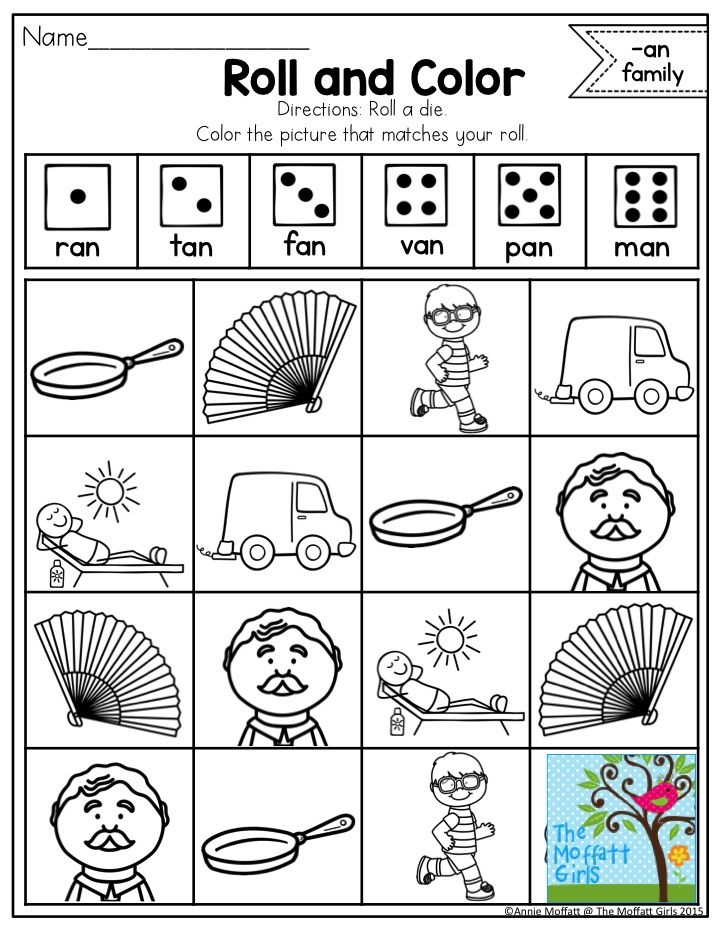
Course of the lesson
Organizational moment
- Good afternoon, guys! Look who came to visit you today? Did you recognize her? (shows the doll Masha from the cartoon "Masha and the Bear") Of course, this is Masha! She, like you guys, is going to school soon. Misha prepared tasks for Masha to check if she is ready for school. (The teacher shows a closed box with the inscription "Masha") But, Masha is afraid that she will not cope with the tasks alone. Well guys! Are you ready to help Masha? (Yes) Get ready and you Masha listen carefully and memorize!
- Dividing sounds into vowel and consonant
- Before going to school, we must learn to hear all the sounds in a word and determine which sound is a vowel or a consonant. So let's make a sound! (Children sing the sound A). Does the voice come out freely? (Yes!). That's right, the voice comes out freely, which means the sound is a vowel. Let's make the sound C! (Children pronounce) Does the voice come out freely or is something preventing it? (Answers of children).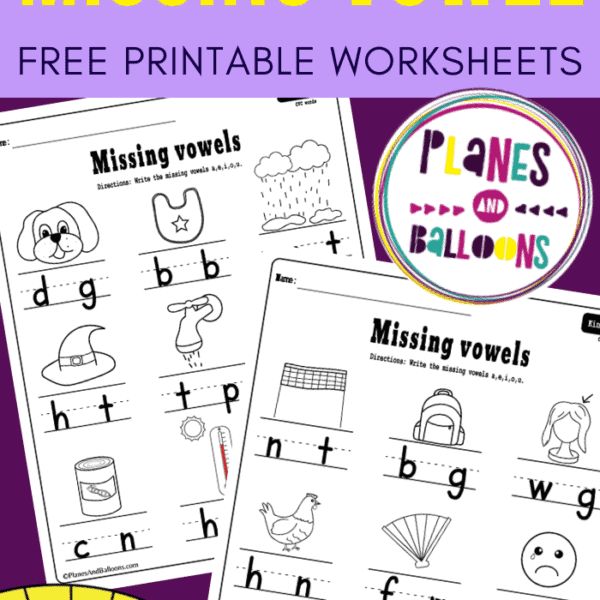 The voice meets an obstacle in the form of teeth and tongue, which means the sound is consonant. (Next, the teacher pronounces the sounds O, Sh, M, U, Z, Y, E, D - the children determine whether the sound is a vowel or a consonant)
The voice meets an obstacle in the form of teeth and tongue, which means the sound is consonant. (Next, the teacher pronounces the sounds O, Sh, M, U, Z, Y, E, D - the children determine whether the sound is a vowel or a consonant)
2. The game "Determine what sound and raise the circle of the desired color"
- Guys, and you, Masha, must remember that we denote vowel sounds in red, the voice comes out freely, it is sung, nothing interferes with it (a picture is shown -scheme). We designate consonant sounds in blue, the voice meets an obstacle in the form of teeth, lips, tongue (a picture-diagram is shown)
I suggest playing a game. I will name the sounds, and you will determine the sound of a vowel or consonant and raise the desired color (The teacher calls the sound - the children raise the circles of the corresponding color)
3. Naming vowels
- So, let's name the vowels again. There aren't many of them. (Children call the vowels A, O, U, Y, E, I)
4.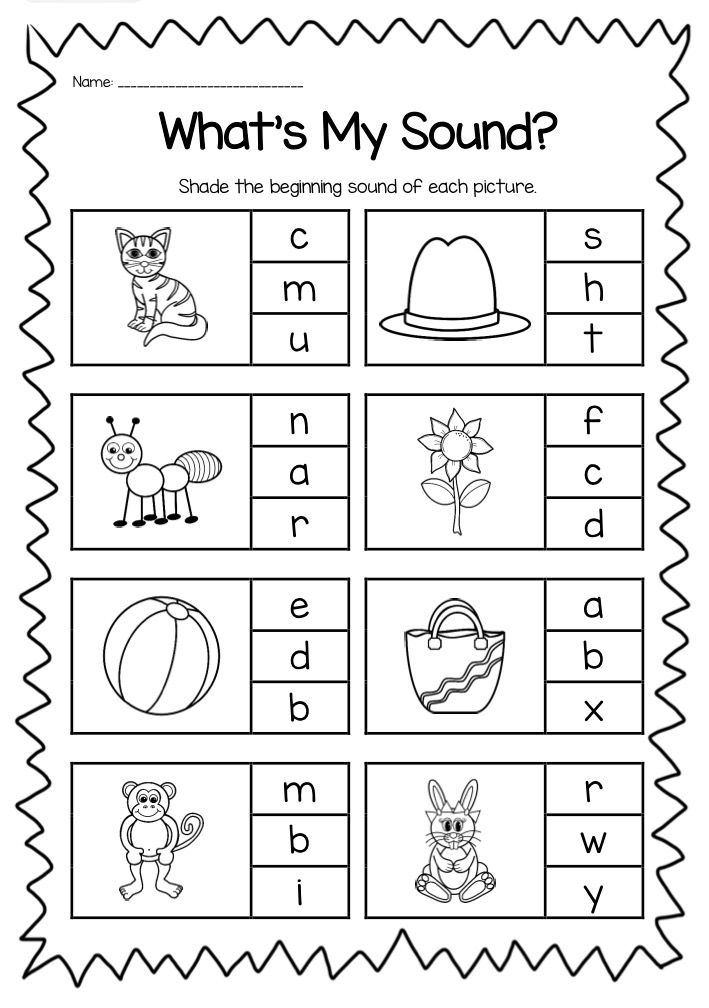 Task "Name the picture and stick a circle of the right color"
Task "Name the picture and stick a circle of the right color"
- Guys, we can distinguish between vowels and consonants. And now we are ready to help Masha complete one of the tasks in the package. (The teacher takes out a poster with pictures and self-adhesive mugs in blue and red). You must determine what sound the picture begins with and stick a circle of the desired color next to it. If the word begins with a vowel sound, glue a red circle next to it. If from a consonant, we glue a blue circle. (Children perform the first few pictures together with the teacher. Then each child goes to the easel, loudly calls the picture, and sticks the right circle)
- Well done guys! You did it. Let's move on to the next task from the package.
5. Game exercise "Put the pictures in the right houses"
The teacher takes out two cardboard houses with a red and blue roof, as well as pictures. In the center of the house, instead of windows, there are transparent pockets for inserting pictures.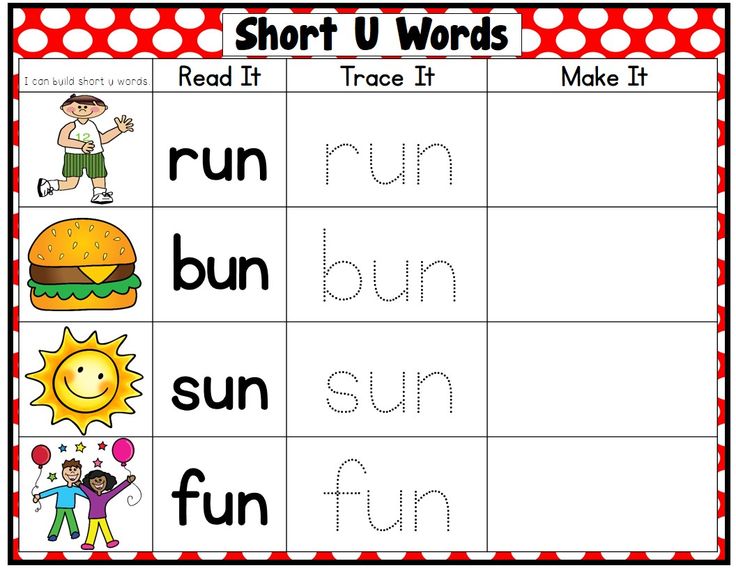
- Guys, in front of you is a house with a red roof and a house with a blue roof (The teacher fixes them on an easel). And also pictures. You will need to determine with what sound (vowel or consonant) the word in the picture begins and populate it in the right house. We will name the picture quietly, to ourselves.
6. Physical school
We know a lot of words on the vowel: Stork autumn duck hook. (Children step on a red circle and jump on the spot) on the consonant, we also know: Beetle of firewood grass goat. (Children step on a blue circle and jump on the spot) And now, a friend do not yawn, you come correctly! (The teacher calls words to vowel and consonants, children step on circles of the right color).
7. Sound analysis of the word COM
- Let's move on to the next task from the premise. (The teacher takes out a poster and three circles: two blue ones and a red one) A riddle is written here. A mystery about the most beloved fish of Masha
A huge fish lies at the bottom, as if a block.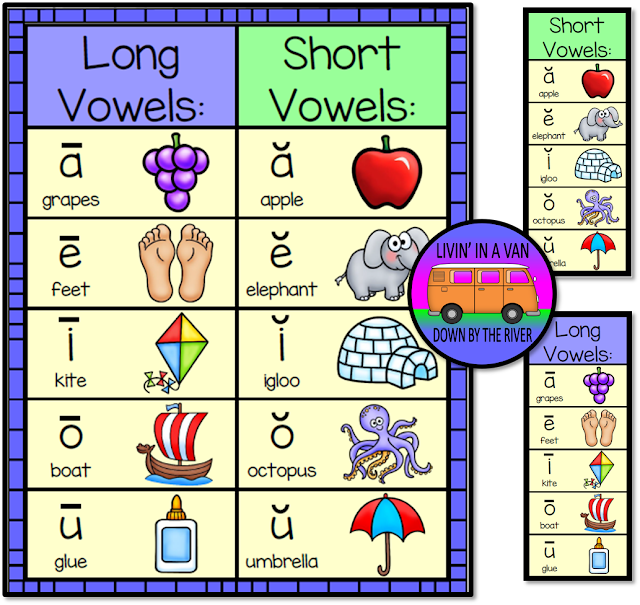 Lies, moves his mustache, does not tell the fish to yawn. There is a house in a deep pool, , , , , , , , , , , ,0003
Lies, moves his mustache, does not tell the fish to yawn. There is a house in a deep pool, , , , , , , , , , , ,0003
- We need to spell out the word COM using these circles. So, what 1 sound is heard in the word COM (Correctly C) C is what sound (Consonant). So, we put in a circle of what color (Blue) What sound goes on (Sound O) O - this is what sound (Vowel). So, lay out a circle of what color (Red). What we got (CO). Which sound comes next (Sound M). M is what sound (Consonant). So, we put a circle of what color (Blue) Name the consonant sounds in the word COM (M and C). What is the vowel sound in the word COM (O). Well done!
8. Selection of pictures for the scheme. Isolation and naming of consonants and vowels in words.
- Look at the pictures. (The teacher takes out a poster with pictures). Find and name the pictures that match our scheme. (Scheme is shown: blue, red, blue). Children name pictures. Then only consonants are called, and only vowels).
9. Summing up.
Summing up.
- Guys, you completed all the tasks from the package. Let's remind Masha again, what sounds are there? (Vowels and consonants) What color do vowels represent? (Red) Name the vowels (A, O, U, S, E, I). What words that begin with a vowel do you remember? (Answers of children). What about a consonant sound? (Answers of children). Guys, you were all great today! You completed all the tasks and helped our Masha! Now Masha can go to school with you!
5 ways to learn the alphabet quickly and easily with a child aged 3-6 — Somersault
Before you learn the alphabet with your child, it is important to understand what you are not going to do. Namely, learning to read. This is a more complex skill, so it is worth putting it off until the time when the child gets acquainted with all the letters and will confidently recognize them and write on their own. Until then, put off the alphabet and reading by syllables.
In this article, we have put together the basic principles to quickly learn the Russian alphabet with a 3-6 year old child in a playful way.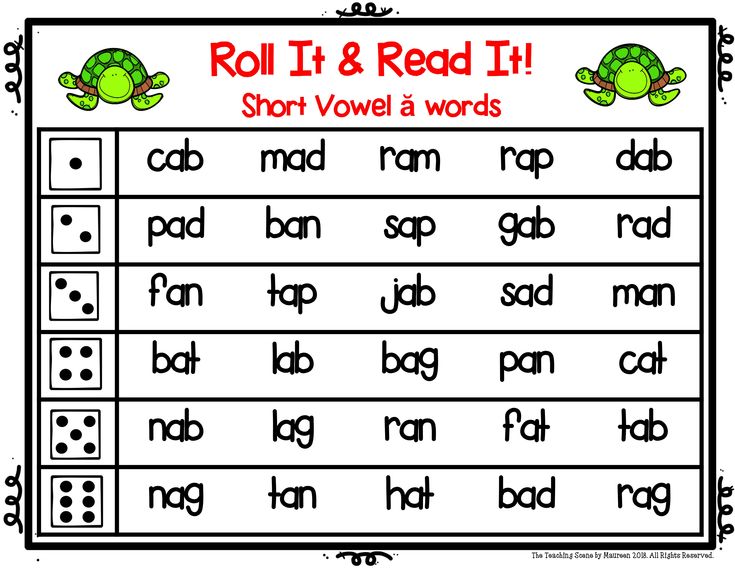 For all games with letters, you can use plasticine, paints and any improvised means or magnetic letters - they will easily attract the attention of the child.
For all games with letters, you can use plasticine, paints and any improvised means or magnetic letters - they will easily attract the attention of the child.
Contents:
- Learn the Alphabet Easily: Basic Principles
- 5 ways to learn the alphabet with your child
- From alphabet to reading
Learning the Alphabet Easily: Basic Principles
Each child can find an easy way to learn the alphabet that suits them best, but there are basic principles that are important for all children. If you do not follow them, study will turn into drill and the child is unlikely to ever love to read. Here are a few such principles on how to properly learn the alphabet for a child.
- Learn sounds first, not letters . At the first stage of learning, it does not matter how the letters in the alphabet are called correctly.
 Now only sounds are important for the child - "d", and not the letter "De". The names of the letters will only confuse the child, who first needs to learn to recognize the shape of the letters and their sound.
Now only sounds are important for the child - "d", and not the letter "De". The names of the letters will only confuse the child, who first needs to learn to recognize the shape of the letters and their sound. - Not learning the alphabet in the correct sequence . Until a child goes to school, it is of no use to him to know how the letters are arranged in the alphabet. This information will only distract him from what is really important: how the letters look and sound. The sequence of the alphabet can be learned later or even at school, where this knowledge will be tested by the teacher.
- Do not turn learning into a lesson . Learning from call to call is difficult even for children at school, let alone a baby. Therefore, all learning should take place in a playful way and not for long: 5-7 minutes a day to get acquainted with the letters will be enough. Gradually, this time can be increased, especially if the child likes the proposed games with letters.

- Use material objects . At the age of 3-6 years, the child learns the world by touch and taste. It is difficult for him to work with abstract letters spoken aloud. Therefore, it is better to stock up on plasticine and paints and create letters that are more understandable to the child and can be touched. Such a game for children will allow the child to learn the letters of the alphabet and he will recognize them in different forms regardless of what they are made of.
- First vowels, then consonants . Vowel sounds are easier to pronounce, so it's worth starting with them.
The main thing is not to force anyone. If you see that the child is inquisitive, enjoys exploring the world and is ready to learn, you can move on to learning letters and the alphabet. So the child will be happy to learn the alphabet in a playful way and gradually learn to read. So that the game is not abstract, you can use the magnetic letters TUMBLING.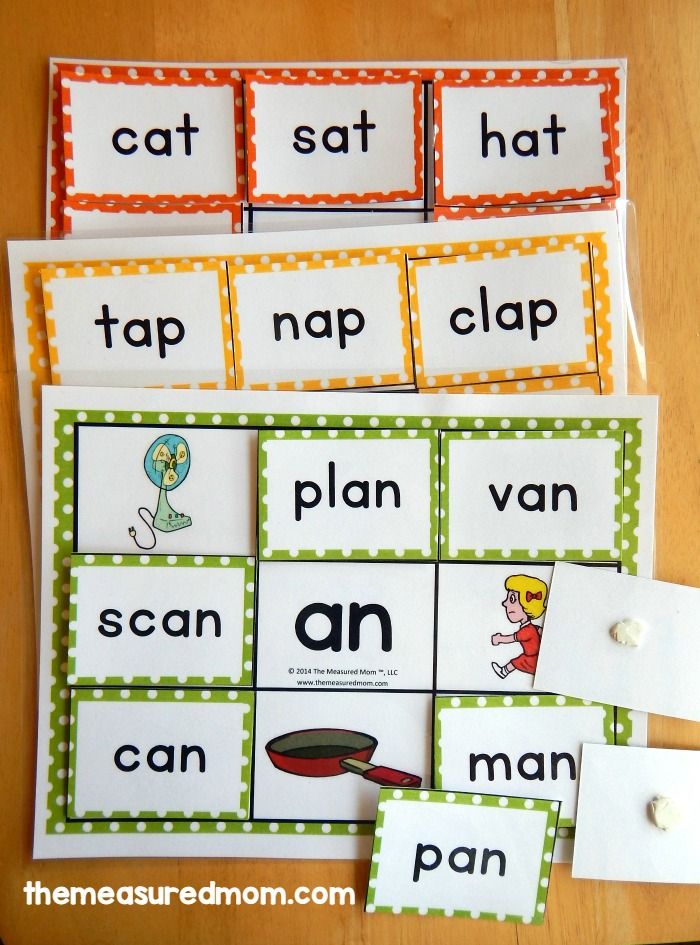
5 ways to learn the alphabet with your child
1. Use an interesting topic to study
Use your child's interest to motivate him to learn. For example, if your kid is crazy about cars, let them be the topic in which you learn the alphabet. Use any words related to cars:
"A" - bus
"B" - trunk
"C" - driver, etc.
You can show cars and their parts, draw or sculpt from plasticine. It is important that the child's focus shifts from learning to doing what they love. Additionally, the method will help expand vocabulary and knowledge about the world.
2. Cross out a letter of the alphabet in the list
Fill in a small square with arbitrary letters. The task is to cross out only the letter that you are studying. This will help the child focus on one letter and not get distracted by the ones he doesn't remember or don't know.
3. Pulling the letters of the alphabet out of the pouch
The soft-touch magnetic letters are perfect for this method.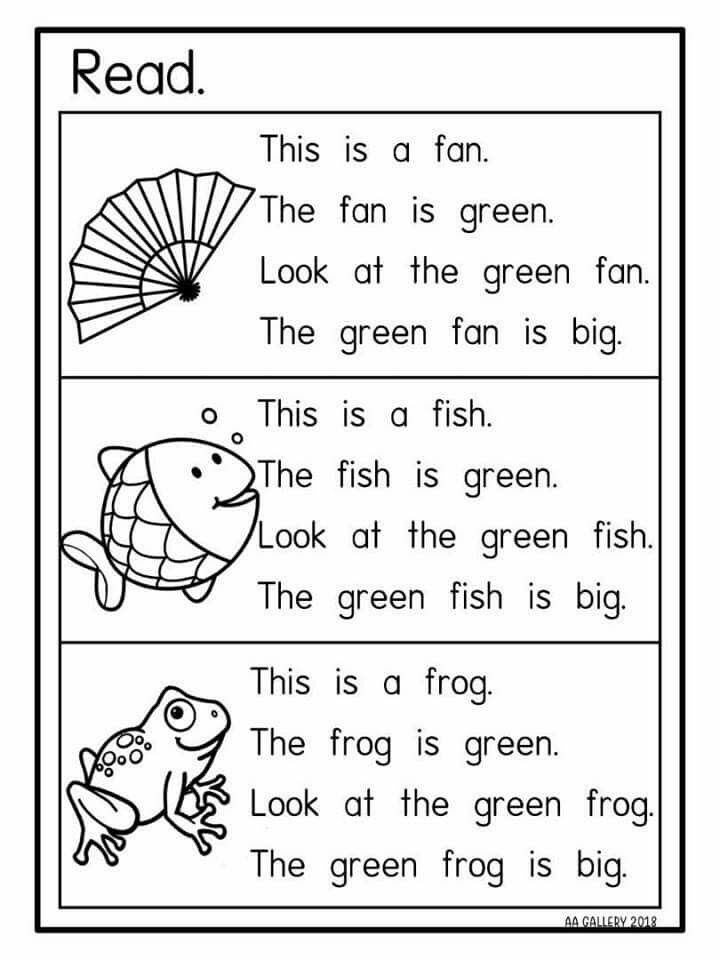 Put the letters in a bag and give the child the task, without looking, to pull out only the letter that you thought of. Let there not be too many letters in the bag, otherwise the child will get confused. 6-7 pieces will be enough. To start, use letters that are very different in shape, such as "O" and "M". Gradually, the complexity can be increased and searched among similar letters, for example, "K" and "X". Don't forget to praise and encourage your child. You can alternate the learning process with desktops.
Put the letters in a bag and give the child the task, without looking, to pull out only the letter that you thought of. Let there not be too many letters in the bag, otherwise the child will get confused. 6-7 pieces will be enough. To start, use letters that are very different in shape, such as "O" and "M". Gradually, the complexity can be increased and searched among similar letters, for example, "K" and "X". Don't forget to praise and encourage your child. You can alternate the learning process with desktops.
4. Recognize letters of the alphabet by ear
You pronounce a word, and if it contains a hidden letter, the child claps his hands.
With this game for kids, you can learn individual letters or the entire alphabet. For example, you name a word, and the child inserts its first letter into the insert frame. To stimulate your child's interest, you can use only words from his favorite topic, for example, the names of animals.
5. Guess words starting with the first letter
You choose one letter and think of a word that starts with that letter.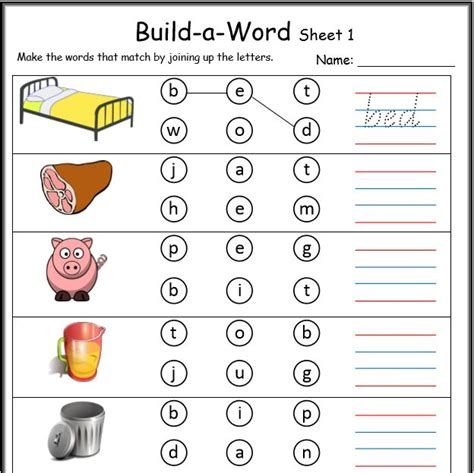 For example, the letter "Z":
For example, the letter "Z":
- What is this animal with big ears and loves carrots?
- Hare!
This game form is again suitable for learning individual letters or the entire alphabet. If you learn only one letter, the child gets used to quickly recognizing it in different words. And if you give words with different letters, the child as a whole learns to understand with which letter they begin. With the study of the account and the English language will also help somersault.
From the alphabet to reading
When a child learns the Russian alphabet, confidently recognizes all the letters in different words and can draw or mold them on his own, it is worth moving on to reading. Because you need to learn the alphabet just so that the child can read. If knowledge is not used, it will hang as an extra burden, and by the time school will be forgotten. Therefore, you should not learn the alphabet too early: at 3-4 years old, a child is simply not interested in reading books in order to learn something new.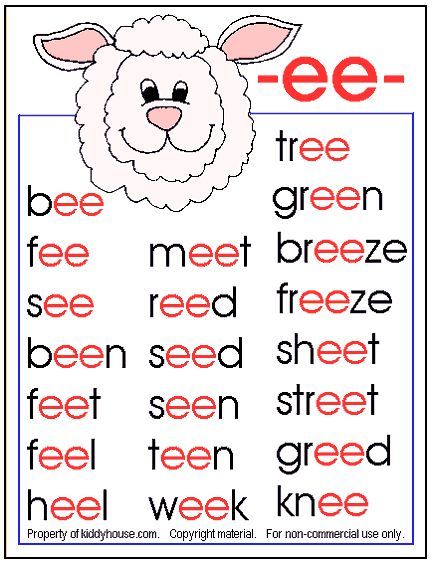

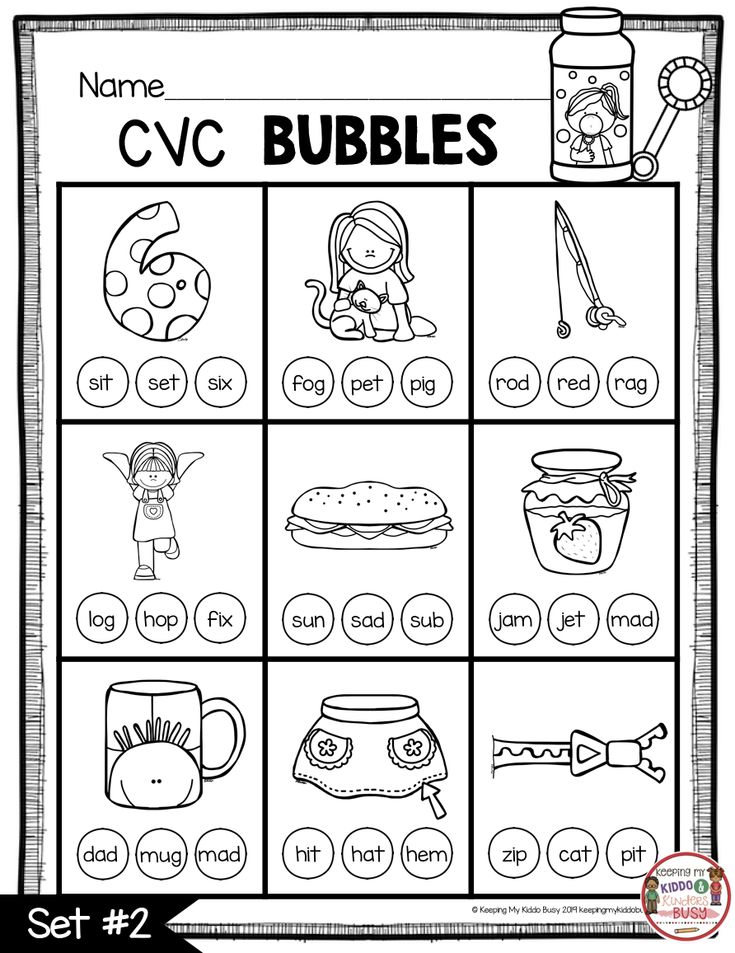 1 "Kolosok" of the first qualification category of Nizamova Zilya Semigullovna
1 "Kolosok" of the first qualification category of Nizamova Zilya Semigullovna 